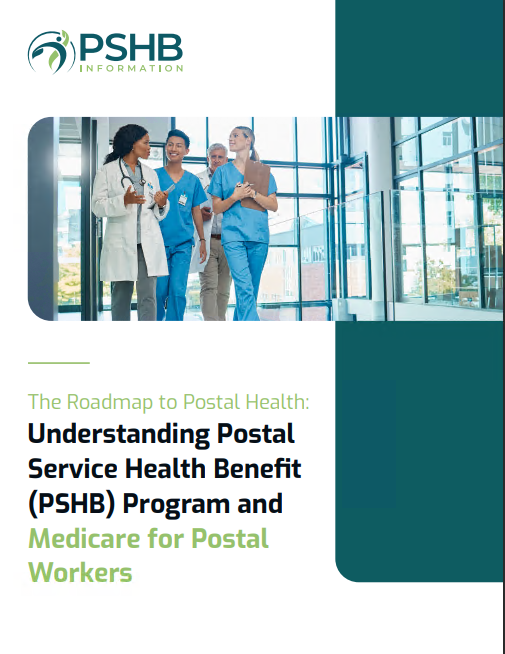Key Takeaways
-
High-deductible health plans (HDHPs) offer lower monthly premiums but require higher out-of-pocket spending before coverage kicks in, making them ideal for certain financial and healthcare needs.
-
These plans often align with modern healthcare trends like Health Savings Accounts (HSAs), empowering you to take greater control of your healthcare expenses.
The Basics of High-Deductible Health Plans
If you’re weighing your healthcare options, you’ve likely encountered the term “high-deductible health plan” or HDHP. These plans are designed to balance low monthly premiums with higher upfront costs when you access medical care. To qualify as an HDHP in 2025, the deductible must be at least $1,650 for individual coverage or $3,300 for family coverage. While the idea of paying more out-of-pocket initially may seem daunting, HDHPs can be a cost-effective choice if you understand how they work and how to use them to your advantage.
Lower Premiums, Higher Deductibles
HDHPs stand out because they shift some financial responsibility from your insurer to you. By requiring higher deductibles, these plans generally offer lower monthly premiums. For USPS workers and retirees, this can free up some room in your budget for other priorities. However, the trade-off is that you’ll pay more out-of-pocket before your plan starts covering significant medical expenses.
How HDHPs Handle Preventive Care
A major advantage of HDHPs is that they typically cover preventive care services, like annual check-ups, screenings, and immunizations, at no additional cost to you—even before you meet your deductible. This feature supports your long-term health by encouraging routine care and early detection of potential issues.
Health Savings Accounts (HSAs): The Perfect Pairing
One of the biggest perks of an HDHP is eligibility for a Health Savings Account (HSA). HSAs allow you to set aside pre-tax dollars to cover qualified medical expenses, from doctor visits to prescriptions and even some over-the-counter items. For 2025, you can contribute up to $4,300 as an individual or $8,550 as a family, with an additional $1,000 if you’re 55 or older.
By pairing an HDHP with an HSA, you get a tax-advantaged way to manage out-of-pocket costs. Your unused HSA funds roll over year to year and even earn interest, giving you a long-term tool to save for healthcare expenses—a significant benefit for retirees.
Modern Healthcare Trends and HDHPs
Telemedicine and Virtual Care
HDHPs align well with the growing shift toward telemedicine. Many plans provide access to virtual healthcare services, making it easier and often more affordable to consult with doctors from home. This convenience is especially valuable for USPS retirees who may live in rural areas or have mobility challenges.
Wellness Incentives
Modern HDHPs often include wellness programs to encourage healthy habits. These might offer rewards for meeting fitness goals or completing annual health assessments. Such incentives can help reduce overall healthcare costs by keeping you proactive about your well-being.
Transparency in Costs
With the rise of price transparency tools, HDHPs are more user-friendly than ever. These tools let you compare costs for services, so you can make informed decisions about where and how to get care. For instance, you can see the cost differences between in-network and out-of-network providers, helping you avoid unnecessary expenses.
Who Benefits Most from HDHPs?
HDHPs are not one-size-fits-all, but they work particularly well for:
-
Healthy Individuals and Families: If you’re in good health and don’t expect frequent medical visits, the lower premiums and covered preventive care can be a significant advantage.
-
Retirees with Financial Cushion: If you’ve built up savings or plan to use an HSA to manage unexpected costs, HDHPs provide flexibility and financial predictability.
-
Planners and Savers: If you’re comfortable budgeting for healthcare costs and contributing to an HSA, an HDHP can help you take control of your financial future.
Balancing Costs and Risks
Understanding Out-of-Pocket Maximums
Every HDHP comes with an out-of-pocket maximum, which is the most you’ll pay in a given year for covered services. For 2025, this cap is $8,300 for self-only coverage and $16,600 for family coverage. Once you hit this limit, your plan covers 100% of covered costs for the remainder of the year.
Using Your HSA Wisely
An HSA is your secret weapon for managing the higher deductibles and out-of-pocket costs associated with an HDHP. Plan your contributions strategically to cover anticipated expenses and save the rest for future needs. Remember, HSA funds can also be used tax-free for Medicare premiums or other qualifying expenses in retirement.
Key Considerations Before Choosing an HDHP
Your Current Health Needs
Take a close look at your health status and anticipated care needs. If you expect high medical expenses, an HDHP might not be the most cost-effective choice.
Budget and Financial Planning
Consider how an HDHP fits into your overall financial plan. Can you comfortably handle higher upfront costs if an unexpected medical need arises? An HSA can help, but only if you actively contribute to it.
Dependents and Family Needs
If you’re covering a spouse or dependents, assess their healthcare needs as well. Family coverage has a higher deductible, so weigh the pros and cons carefully.
Tips for Maximizing an HDHP
Stay In-Network
Using in-network providers can save you a significant amount of money, as these providers have negotiated rates with your insurer. Always verify a provider’s network status before scheduling appointments.
Leverage Preventive Care
Take full advantage of free preventive care services. Regular check-ups and screenings can help catch issues early and avoid more significant costs later.
Monitor HSA Contributions
Set up automatic contributions to your HSA to ensure consistent savings. Even small, regular contributions can add up over time and provide a financial safety net.
Trends to Watch in HDHPs
Increasing Integration with Technology
Expect HDHPs to increasingly leverage technology for better care coordination. From mobile apps that track your deductibles to online tools for managing HSA accounts, these innovations make it easier to stay on top of your healthcare.
Greater Emphasis on Preventive Health
With healthcare costs rising, there’s a growing focus on prevention. HDHPs are evolving to include more comprehensive wellness benefits, encouraging proactive health management.
Flexibility in Care Options
As the healthcare landscape changes, HDHPs are adapting to offer more flexible care options, such as retail health clinics and on-demand services. These options make healthcare more accessible and cost-effective for everyone.
Making the Most of HDHPs for USPS Workers and Retirees
For USPS employees and retirees, HDHPs can offer a practical way to balance healthcare costs with financial goals. By understanding the nuances of these plans and using tools like HSAs effectively, you can take control of your healthcare journey and reduce financial stress.
Navigating Healthcare with Confidence
Whether you’re an active USPS worker or enjoying retirement, an HDHP could be the right fit for your healthcare needs. By taking full advantage of preventive care, leveraging HSAs, and staying informed about modern healthcare trends, you can make these plans work for you—and your wallet.









